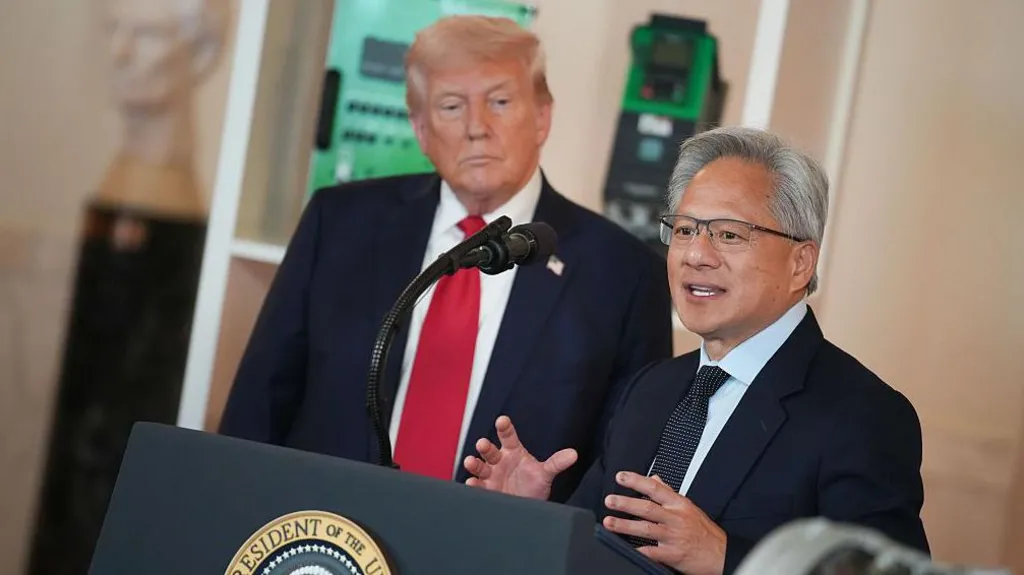The Defense Department wants to buy thousands of unmanned aerial vehicles to offset China’s superior military might.
In a speech on Monday, Deputy Defense Secretary Kathleen Hicks stated that the United States plans to produce thousands of attritable autonomous systems across domains in less than two years in order to counter China’s superiority in troops, ships, planes, and missiles.
“we’ll counter the PLA’s [People’s Liberation Army] mass with mass of our own,” she declared at a National Defense Industrial Association event, “but ours will be harder to plan for, harder to hit, and harder to beat.”
Anti-access, area-denial systems will be defeated by all-domain, attritable autonomous systems. Our ADA2 to counter their A2AD,” Hicks said.
Hicks did not say how much the effort will cost or what sorts of autonomous systems it would create.
When asked to elaborate, she said, “We must ensure the PRC [People’s Republic of China] leadership wakes up every day, considers the risks of aggression, and concludes, ‘today is not the day’ – and not just today, but every day, between now and 2027, now and 2035, now and 2049, and beyond.”
Hicks’s statement of 2027, for example, reflects his worries that President Xi Jinping may miss his goal date for having his troops militarily equipped for the prospect of an all-out invasion of Taiwan.
“The’replication’ won’t be occurring merely in terms of output. To ensure that we can scale anything that is important in the future, we will also work to reproduce and institutionalize the processes by which we hope to succeed. Harder to say than do, right? Oh, no doubt about that. We’re going to get it done, however.
In order to keep up with Kyiv’s demand, the United States and its allies have had to draw heavily on its armament stocks in order to support Ukraine’s defense against Russia’s invasion.
Hicks said, “In the 18 months since [the invasion], we have sent Ukraine over 3.1 million rockets, missiles, mortars, and artillery rounds.” These are only four of the many types of weaponry that have been sent to Ukraine. Our total military aid commitment and outlay exceeds $43 billion. We’ve aided the Ukrainian government in gaining access to cutting-edge military technologies by coordinating with the private sector.
According to her, the Replicator Initiative will be led by Hicks and Vice Chairman of the Joint Chiefs of Staff Vice Adm. James Grady, with help from Defense Innovation Unit Director Doug Beck.
military Department officials will need to collaborate closely with “non-traditional and traditional defense companies,” as well as their friends and partners, if the project is to be successful. The legislative branch “has the opportunity to be a key enabler in getting capabilities to the warfighter at speed and scale,” she said.
Hicks said that these self-driving systems “are less expensive, put fewer people in the line of fire, and can be changed, updated, or improved with substantially shorter lead times.”
She pointed out that Russia’s use of military might in Ukraine has not been successful for the Kremlin. Hicks said, “After all, unlike some competitors, we don’t use our people as cannon fodder.”
Hicks said that commercial satellite communications and unmanned aerial systems were crucial to countering Russian military strategy on the ground.










